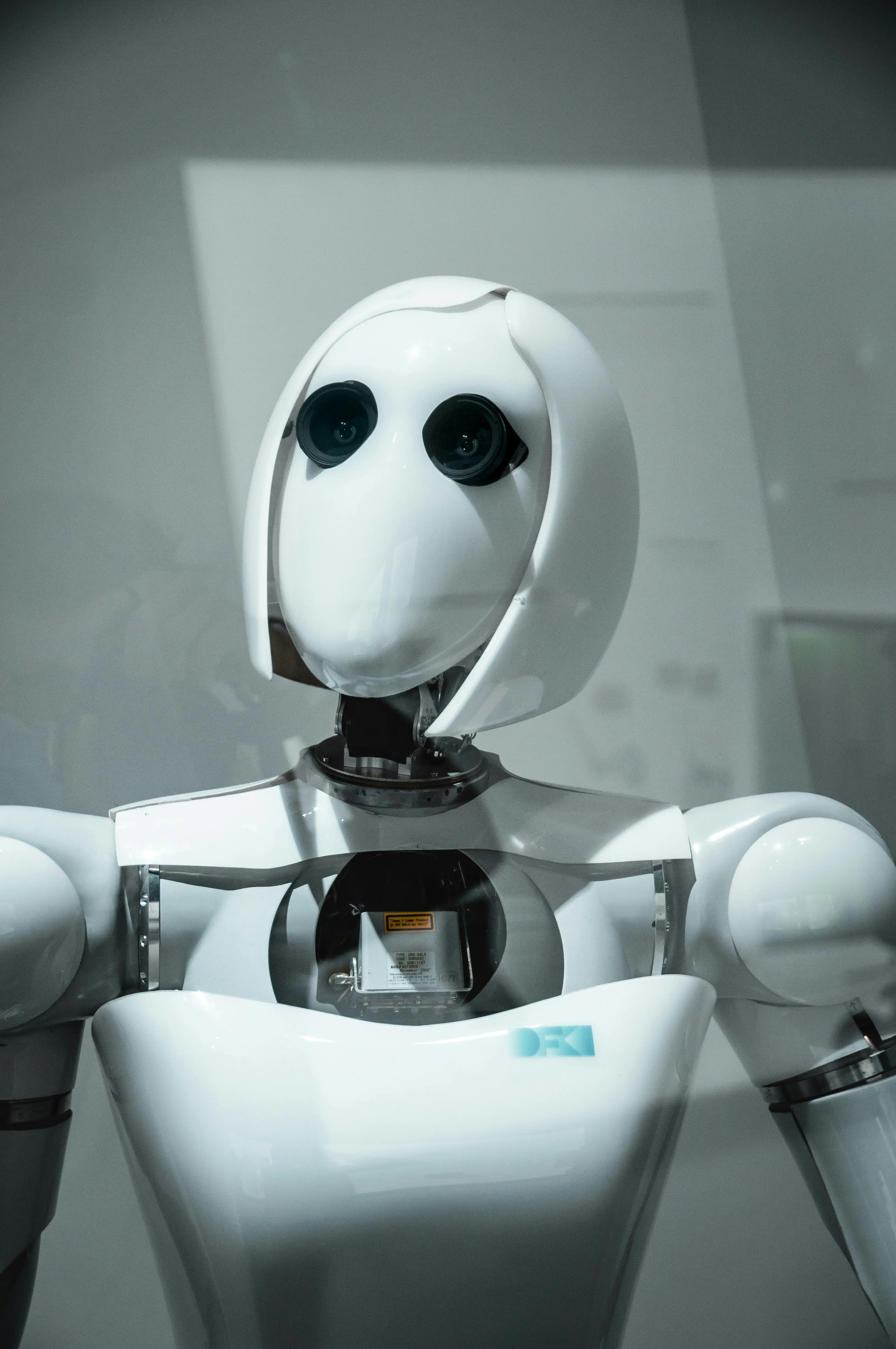Humanoid Robots Are Coming for the Operating Room

Long wait times, overworked doctors, and rising surgical backlogs are straining healthcare systems worldwide. But a new perspective article argues that humanoid surgical robots may be more than just futuristic gadgets, they could become essential teammates in the operating room.
Writing in Science Robotics, UC San Diego roboticist Michael Yip lays out a case for how advanced surgical robots could help ease growing medical burdens. These humanoid machines, he says, have the potential to assist with or even perform surgeries, especially in understaffed or high-demand environments.
Today's surgical robots, like the da Vinci system, are already used in thousands of procedures. But they still rely heavily on human surgeons to guide every movement. The next generation of humanoid robots could go further, using AI, visual sensing, and mechanical precision to take on more of the procedure themselves.
The timing, Yip suggests, is critical. With hospitals facing record surgery cancellations and clinician burnout reaching dangerous levels, the healthcare system needs scalable solutions, and fast.
“These robotic systems aren’t just about cutting-edge tech,” Yip writes. “They’re about enabling access, consistency, and quality in surgical care, especially in areas where human expertise is limited.”
The vision is bold, but not without hurdles. Challenges remain in training, safety regulation, and patient acceptance. And for now, robots that can fully replace or replicate human decision-making in surgery are still in development.
Still, the argument is gaining traction. The hope is that robots could fill gaps in routine procedures, assist in emergency triage, or support remote surgeries in rural or conflict zones, where skilled surgeons are in short supply.
As with all major shifts in medicine, trust and oversight will be key. But if humanoid robots can truly extend the reach of surgical care while reducing burnout and wait times, the question may not be if they’ll be used, but how soon.